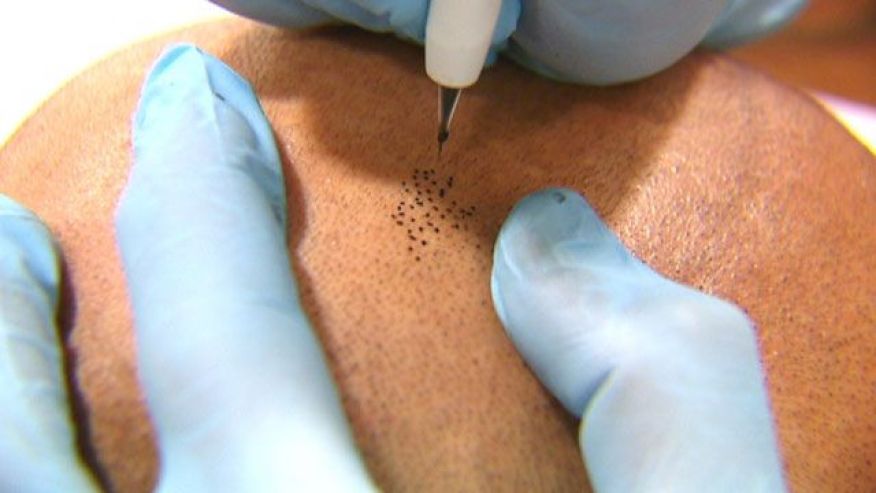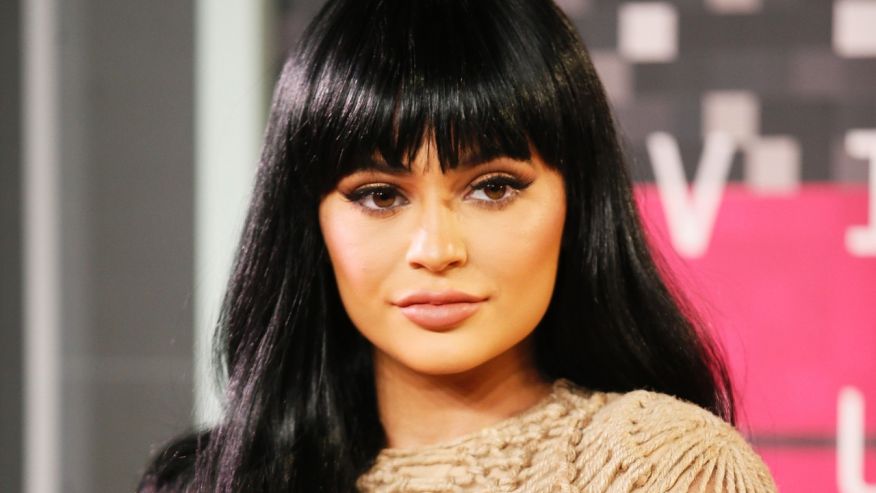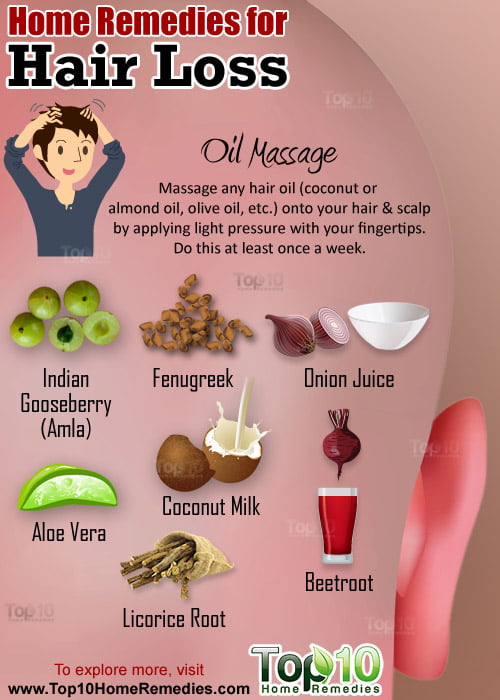
It was Tanvi Geetha Ravishankar’s first time on the ramp. The Mumbai-based stylist, voice-over artist and choreographer was always interested in fashion, and found herself auditioning for Lakmé Fashion Week’s first-ever fashion show featuring 10 plus-size models, after spotting a Facebook post.
“I never expected to see so many people, but it was also amazing to be in that environment where everybody was comfortable and happy with their bodies,” the 28-year-old said afterwards. “It felt really empowering to walk on the ramp.”
Ravishankar was one of the ten people who modelled at Lakmé Fashion Week’s first-ever plus-size fashion show, dressed in athletic wear styled by designer Shilpa Chavan or Little Shilpa. For many, it was an important step in making designs on the ramp more accessible and in accepting different body shapes and sizes.
“The sole intention was to let people know that curvy is gorgeous as well,” 33-year-old celebrity manager Amber Qureshi, another finalist, said. “I hope it helps the focus shift from to curvy women, especially because so much of our population is curvy.”
Ravishankar and Qureshi auditioned along with 160 other aspirants for the show, which was held in partnership with aLL, India’s first plus-size brand. In comparison, a regular audition draws around 100 people. The only entry requirement for participants was a minimum 34 inch waist for women and a 40 inch waist for men.
Many of the finalists had come to the event after being subjected to body shaming or pressurised to conforming to certain fashion rules. “Plus-size women are made to conform to a certain way of dressing,” Ravishankar said. “If you look up local brands that sell plus-size clothing, then you’ll find that they only have kurtas and leggings. Yet, I have never stopped myself from wearing something. I think if as long as something looks good on you, it doesn’t matter.”
Ravishankar originally wanted to be a dancer but says that she eventually had to give up her dream. “A plus-size dancer is not accepted,” she said. “I had to accept that no matter how much weight I lost I couldn’t keep up with it. I couldn’t do it for the rest of my life.”
Fellow participant Rajiv Bhasin talked of plus-size actors like him being restricted to the roles of side comedians and of having his uncles scoff at him at family events because of his size. “Perceptions will take time to change but I term this as a walk of hope,” the 26-year-old TV actor said. “Everyone was so shy in the beginning, but when they walked the ramp, half the job was done.”
Several participants also spoke of being restricted by the limited number of styles offered by Indian brands for plus-size customers. Ravishankar said that she followed the latest trends but found it difficult to get her size in most apparel brands, instead opting to design and stitch her clothes or get them shipped from abroad. “We have been revolutionary in starting a brand dedicated to plus-size fashion, but only a handful of existing brands have plus-size categories,” Ravishankar said. “Even international brands like Zara and Forever 21 haven’t got their plus-size lines to India, though these are available globally.”
While no other brands apart from aLL have plans of working on plus-size fashion for now, the participants are hoping that this will change after the show. Some also argue that instead of a separate plus-size brand, it is more inclusive for brands to have bigger sizes in their existing lines.
“Everyone makes sizes from XS to XL. Yet XL is where the plus-size starts. Why not extend it?” Ravishankar asked. “I hope the show motivates other brands to start plus-size fashion lines or just make larger sizes in the clothes they already have.”
This spirit of inclusiveness needs to extend to fashion shows as well. “It is important to have plus-size fashion shows for the first few times, but it’ll be great if eventually shows have people of all shapes and sizes,” Qureshi said,” because in the real world, there are people of all shapes and sizes.”






















